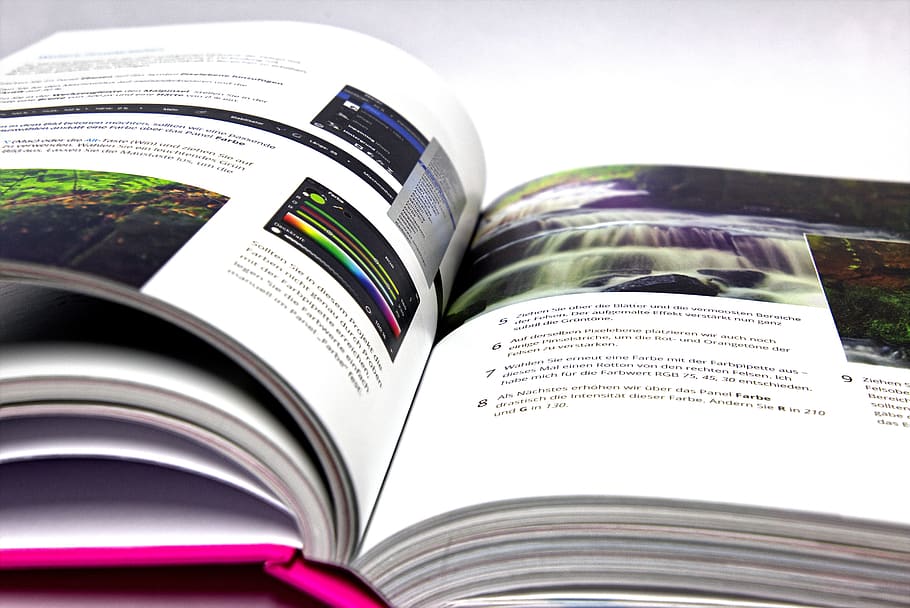Narration is a written or spoken commentary used to deliver a story to an audience, telling events of the story in chronological order. It is necessary for literary work like novels, short stories, and poems. Descriptions, on the other hand, is a method of narrative development and describe visual elements to the readers.
Key Takeaways
- Narration is the process of telling a story, while description is giving details to visualize the characters, places, and events of a story.
- Narration is necessary for novels, short stories, and poems, but optional for films and plays where dialogues can be used to explain the story.
- Description is a method of narrative development that is used to give detailed information about the things and events in a story, and is widely used in writing.
What is Narration?
Narration is a written or spoken commentary used to deliver a story to an audience. It is also the process of telling a story in chronological order. The purpose of narration is to deliver information about the plot to the audience. A narration is required for written stories like poems, novels, and short stories. However, it is optional for plays, movies, and television shows where the story can be expressed through mediums like dialogues or visual elements. Narration is done by a narrator. Sometimes the narrator may be anonymous, or sometimes, he may be a character in the story. Stories can have multiple narrators as well. Then the story is told at different times from various characters’ views, making it a story with a complex perspective. In addition, the narrator can be the author himself.
Types of Narration
- First-person (protagonist) – uses I or We
- First-person (witness) – not involved in the plot but presents his point of view
- The second person – uses You
- Third-person (objective) – uses He, She or other. Only what the narrator sees or knows is shared. Unbiased. Used in journalist texts
- Third-person omniscient – narrator knows and sees all. Even knows what other characters are thinking
- Third-person (subjective) – conveys the thoughts and opinions of one or more characters
Tenses used in Narration
- Present tense – events in the storyline are presented as they take place in the narrator’s present moment.
- Historical present tense – to express events that happened in the past
- Past tense – events in the storyline occurred in the narrator’s past. This is most commonly used when writing novels. There are two categories: distant past and immediate past.
- Future tense – events in the plotline that happens in the narrator’s future. This tense is used rarely.
What is Description?
A description is a method of narrative development. It usually vividly describes the appearance, mood, smell, and any other characteristic of almost anything, including people, places, and events. It helps the readers to visualize the events of a story in the mind’s eyes. Descriptions are widely used when writing novels. It carefully uses the words and phrases in a way that brings things to life.
Types of Descriptions
- Objective – report precisely the appearance of an object. It is independent of the observer’s perception of it. It is factual, and its purpose is to inform the thing to a reader who has not seen it with his own eyes. The writer regards himself as a kind of camera, records and reproduces it in words.
- Subjective – this is based on the writer’s feelings and opinions of the subject
- Figurative – this makes likenesses between objects (similes or metaphors)
What is the Difference Between Narration and Description?
The key difference between narration and description is that narration is the process of telling a story, while the description is giving details to visualize the characters, places and events of a story.
Summary – Narration vs Description
Narration is a written or spoken commentary used to deliver a story to an audience. It tells the events of the story in chronological order. Its purpose is to deliver information about the storyline to the audience. Narration is necessary for novels, short stories, and poems but optional for films and plays where dialogues can be used to explain the story. A description, on the other hand, is a method of narrative development. It is used to give detailed information about the things and events in a story. This is widely used in writing. Thus, this is the summary of the difference between narration and description.
